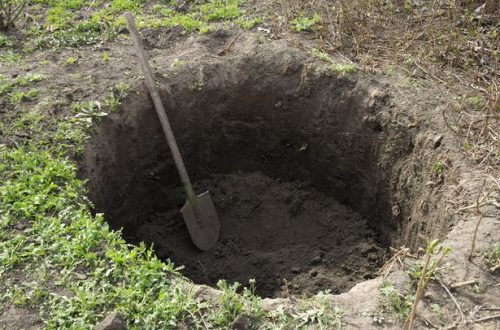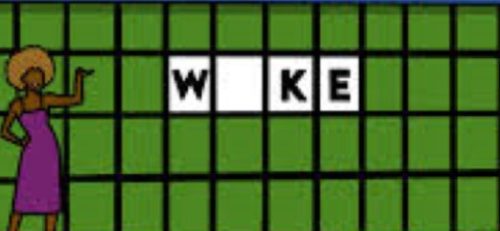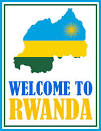This is a guest post by David Rosenberg
It was a comment I hadn’t anticipated.
For 90 minutes I had been taking a group of older Jewish people from Hendon on a walk round the Radical Jewish East End of yesteryear. The territory was very familiar but they hadn’t trodden its pavements for ages. Vivid memories came flooding back – of the communist Phil Piratin speaking on a street corner, and of Mossy Marks who ran a fabulous Jewish delicatessen in Wentworth Street, standing in his long white coat, with one arm deep in a barrel of herrings.
We reached the final stop. I pointed to a large building on the corner of Brick Lane and Fournier Street. It had a sundial clock inscribed “Umbra sumus” (we are shadows) and a date -1743. At least superficially, this building embodies the story of the East End. Starting life as a Huguenot church, it became a Methodist chapel, then the Great Spitalfields Synagogue (Makhzike Hadas), and finally East London Jamme Masjid – a very important local mosque.
Simply stating the building’s timeline though is deceptive and can feed Britain’s immigration mythology – as a tolerant and welcoming refuge for the persecuted. In reality, communities have had to fight hostility and discrimination from the state and organised racists. And the very presence of Irish and Bangladeshi populations in London reflects the economic consequences of imperial domination. So I make sure I tell the back-story of the groups that have settled.
But as we stood on this corner reflecting on the changing face of the East End I hadn’t prepared for the comment that was to follow. One participant looked at the mosque, shook his head, and sighed, “It breaks my heart what it’s used for now.”
After a sharp intake of breathe I decided to deal with it with a light-touch and pointed out how little its function had indeed changed – large groups of people went there to pray to their god as they had done since 1743. The prayers were pretty similar but the people were different.
But were they that different? The Jewish East End narrative fascinates me. It is a multi-layered story of culture and language, religion, politics, success and failure, rags to riches and also riches to rags. But I am even more fascinated by the broader immigrant narrative that the Jewish East End experience fits into and how that changes by the day. It is the connections, the continuities the commonalities rather than the dissonance between communities, that excites me.
If you feel similarly about the East End or just want to know more you may want to come to a dayschool that is taking place in Toynbee Hall, E1 on Sunday 15th November, where a number of speakers will reflect on the deeper story of the East End and its wider meanings: The full programme is below. Hope to see you there!
RISING FROM THE EAST
A day to explore communities, culture and politics
in London’s East End
Session 1: Rebels with a cause:
11.30-12.10: East End Jewish anarchists before WW1 – lessons for the 21st century (Ben Gidley)
12.15-12.55: Minnie Lansbury, feminist, socialist and rebel Poplar Councillor
(Janine Booth)
Session 2: The struggle for better lives
1.35-2.15: Self-help, solidarity and socialism: the Workers Circle (David Mazower)
2.20-3.00 Doctors and Politics in East London (John Eversley)
Session 3: Bengalis and the East End – a continuing story
3.15-3.55 The East India company and the silencing of East End histories
(Georgie Wemyss)
4.00-4.40 Bengali politics in London’s East End (Ansar Ahmed Ullah)
Sunday November 15th Toynbee Hall, 28 Commercial Street,
London E1 6LS. Entrance £5 (£3 concs). Places limited to 90.
Book in advance by sending a cheque/PO to “JSG” at:
JSG, BM 3725, London WC1N 3XX.
Organised by the Jewish Socialists’ Group www.jewishsocialist.org.uk


